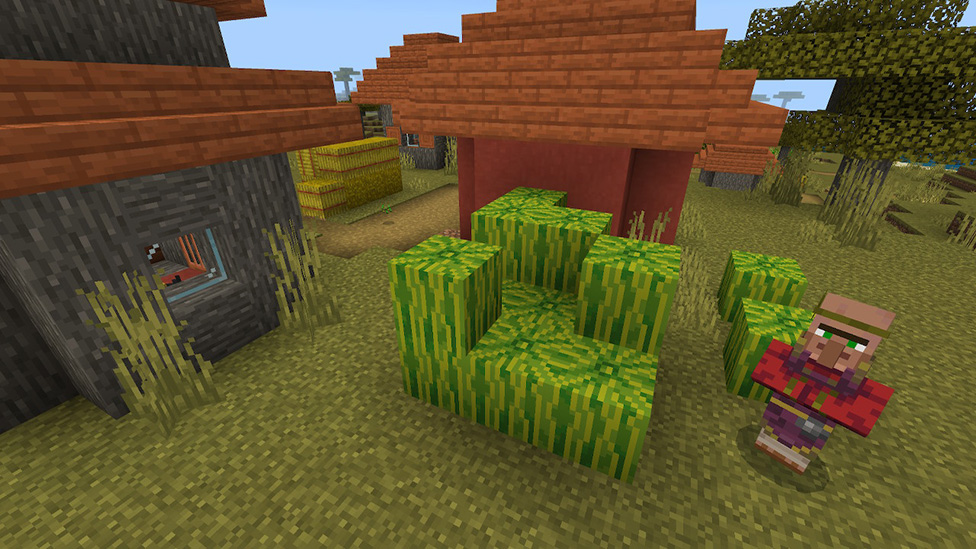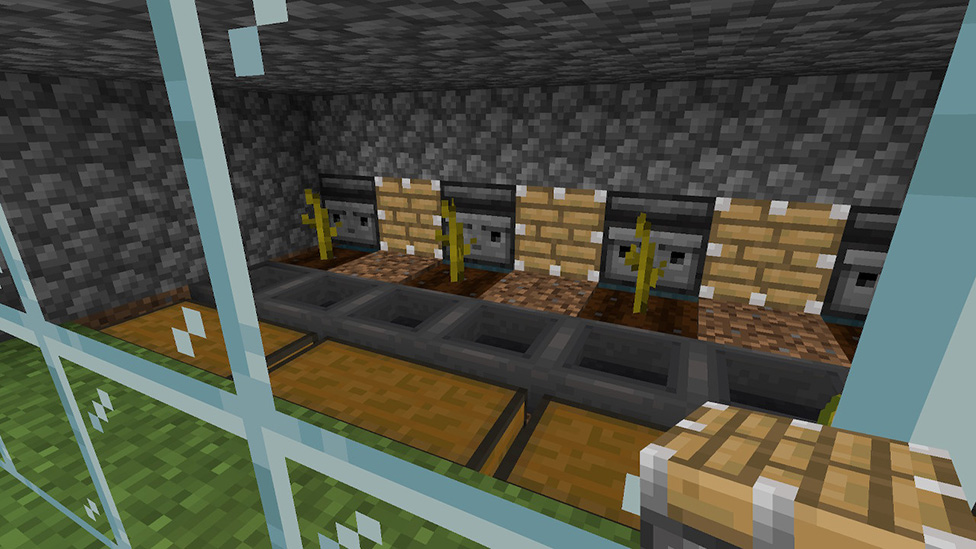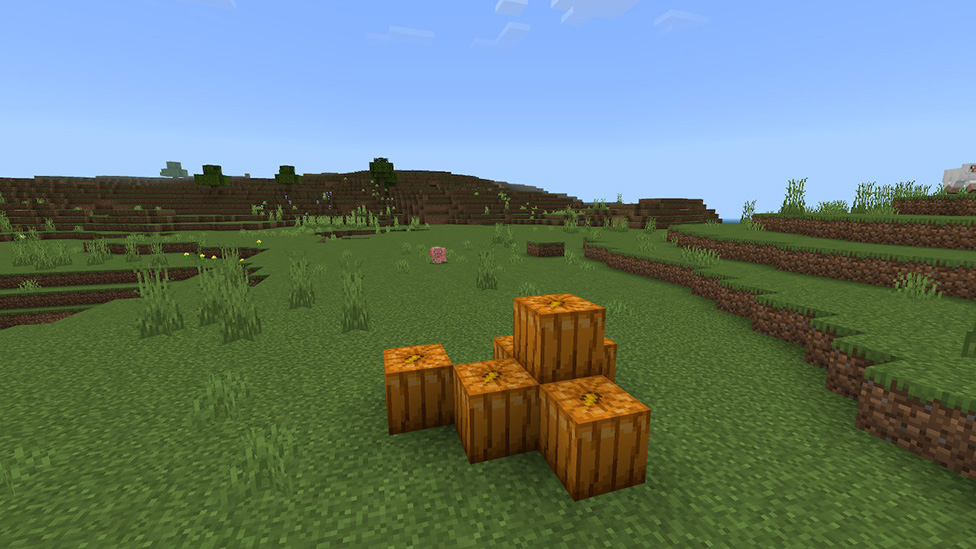How to Make an Automatic Melon and Pumpkin Farm
Make Your Own Minecraft Server For Free
Your own Minecraft server is only 5 minutes away! We support simple one click install for over 1000 unique modpacks.
Free Minecraft Server Hosting

Understanding Melon and Pumpkin Farms in Minecraft
Minecraft is not just about building structures and exploring wonderful landscapes; it's also about survival and sustainability. And what better way to make sure you have a constant supply of meals from your own melon and pumpkin farm? Creating a farm is not just a food source; it is a reliable source to accumulate supplies to buy or sell, crafting, or maybe creating magical potions.Melons and pumpkins in Minecraft serve multiple purposes. Melons can be a vital food source, restoring hunger points, while pumpkins are key in crafting Jack o'Lanterns, making Iron Golems, or even preparing for a showdown with the Ender Dragon.
These farms are not just about utility; they also add a touch of life and greenery to your Minecraft world, making your environment livelier and home-like. Next, we’ll delve into what you need to start your own automated melon and pumpkin farm.
Necessary Materials for Building the Farm
Before diving into the construction of your automated melon and pumpkin farm, it's essential to gather the right materials. Here's a list of what you'll need to start your agricultural venture in Minecraft:
- Pistons: The backbone of automation, pistons will be used to harvest the melons and pumpkins.
- Observers: These blocks detect changes in neighboring blocks, essential for automating the harvest process.
- Redstone Dust and Repeaters: For transmitting power and controlling the timing of your pistons.
- Hoppers and Chests: To collect and store your harvest efficiently.
- Building Blocks: Choose any material you like for the structure of your farm. It can be as simple or as elaborate as you wish.
- Water Source Blocks: Essential for keeping your soil hydrated and your crops growing.
- Melon and Pumpkin Seeds: Of course, the most crucial part of your farm!
Remember, finding these materials is part of the adventure. Below are some of the most common places to find some materials.
- Explore caves for Redstone
- Dive into ravines for iron (to make pistons)
- Visit villages to trade for seeds if you haven't found any in the wild.
Step-by-Step Guide to Building the Farm

Constructing an automatic melon and pumpkin farm in Minecraft may be a profitable venture. here’s a step-by-step guide to help you assemble your farm:
- Decide on the size of your farm. A good starting point is a 9×9 square. Place your building blocks in a grid pattern, leaving space for water channels.
- In the spaces next to the water channels, plant your melon and pumpkin seeds. Ensure each plant has enough space to grow.
- Place pistons behind where the melons and pumpkins will grow. These pistons, when activated, will break the grown fruits.
- Position observers facing the plants. These will detect when the melons or pumpkins have grown and trigger the pistons.
- Connect the observers to the pistons using Redstone dust. This setup will transmit the signal from the observers to the pistons.
- Insert Redstone repeaters to control the delay, ensuring that the pistons give enough time for the melons and pumpkins to be harvested properly.
- Place hoppers adjacent to the pistons, leading to chests. This system will collect and store your harvest automatically.
- Once everything is set up, test your farm. You may need to adjust timing or placement to ensure optimal efficiency.
This setup, integrating 'Minecraft pumpkin farm' and 'melon farm Minecraft' concepts, is a basic yet effective design. You can expand or modify it based on your needs and available resources.

Final thoughts
Congratulations! You're now equipped with the knowledge to build and optimize your own automatic melon and pumpkin farm in Minecraft. This farm not only saves you time and effort but also adds an exciting and functional element to your Minecraft world. Remember, the beauty of Minecraft lies in experimentation and customization. Don’t hesitate to modify and expand your farm to suit your needs and preferences.For an even more immersive and uninterrupted farming experience, consider setting up your farm on a dedicated Minecraft server from Scalacube. This allows you to enjoy your creation with friends, share resources, and explore the vast world of Minecraft together. With your new automated farm, you're not just a player; you're an innovator in the realm of Minecraft. Happy farming!
FAQs
Why are melon and pumpkin farms useful in Minecraft?
Melon and pumpkin farms are vital in Minecraft for their versatility, supplying food, buying, and selling commodities, and crafting materials critical for survival and development.
How will you increase the performance of your melon and pumpkin farm in Minecraft?
Enhance your farm's efficiency with the aid of optimizing space. Ensuring proper lighting, fine-tuning Redstone mechanics, using fertilizers like bone meal, and maintaining the farm regularly.
What are some common problems with automatic farms in Minecraft and how can they be fixed?
Common issues include malfunctioning pistons, bad crop growth, harvest collection troubles, block misplacements, and mob interference, which can be resolved by checking circuits, ensuring proper farm conditions, and securing the farm area.
Make Your Own Minecraft Server For Free
Your own Minecraft server is only 5 minutes away! We support simple one click install for over 1000 unique modpacks.
Start Your Server For Free!
Copyright 2019-2025 © ScalaCube - All Rights Reserved.